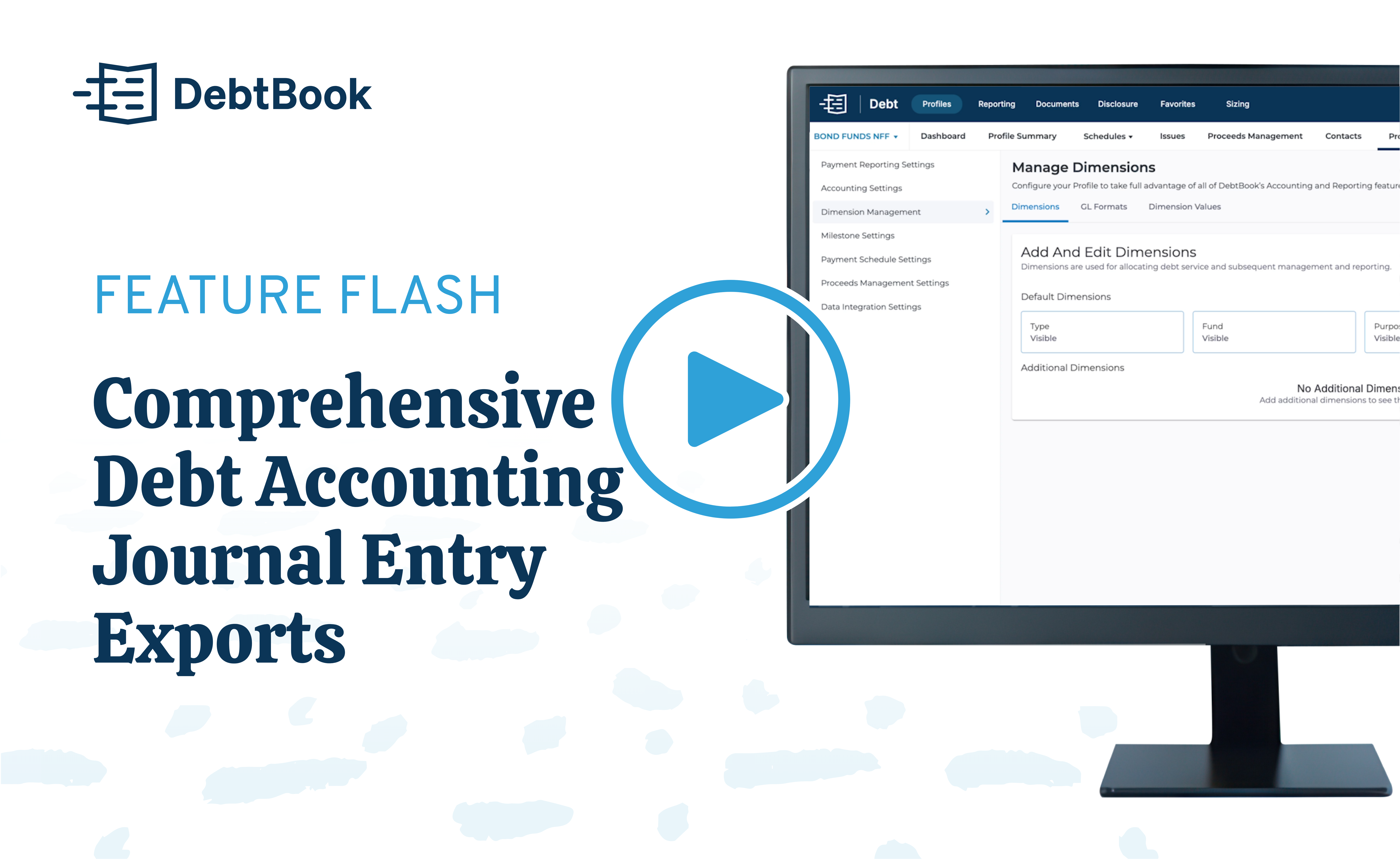Lease management software is a game changer for finance teams, addressing common challenges such as tracking obligations, managing documentation, and automating financial reports. Leveraging this technology allows for more efficient operations, more effective collaboration, and the production of higher quality and more accurate work.
As GASB 87 continues to influence compliance standards, the demand for advanced lease management software in the finance industry has never been greater. To stay compliant, it’s crucial to use solutions that offer a central lease repository, efficient digital data management, and automated financial reporting.
Here are five powerful features of lease management software you might not know about.
1. View Contracts by Fund, Purpose, and Custom Frequencies
When it comes to viewing contracts and extracting the data from them, efficiency is key. However, with manual data management processes, exercises like building custom pivot tables in Excel can consume a lot of time. Additionally, manual entries increase the risk of inaccurate data.
DebtBook’s lease management software makes it simple to switch between different views of your portfolio for easy-to-produce reports. Seamlessly track, manipulate, and analyze your agreements across multiple categories, filters, and allocations with the “View by Type, Fund, Purpose” feature.
Practical Use: Consider a regular meeting during which you report on all projects relating to your Water and Sewer department and funding. With DebtBook, simply sort your profile by your Water/Sewer fund, view all payments and contracts related to that fund, select the right dates, download the export, and go to your meeting with confidence.
2. Grant Access to Auditors, Accountants, and Other External Stakeholders
When you and your team need to review contracts in a time-sensitive environment, the last thing you want to do is sort through stacks of paper contracts or photocopied documents buried on multiple hard drives. This pain point can be amplified with cross-functional contract management, in which responsibilities are shared across various internal departments and external team members such as accountants, advisors, lawyers, consultants, and bankers.
With DebtBook, you have anywhere, anytime access to your financial data and can invite unlimited internal and external users to your workspace for free. DebtBook serves as a single source of truth—a master data warehouse in which all lease obligations and source documentation can be stored.
Practical Use: During audit season, invite any guests who review contracts, verify data, check source documentation, or provide financial analysis and recommendations. With DebtBook’s easy-to-use interface, your auditors, accountants, and advisors are empowered to locate, review, and download the data and source documentation they need without delaying the timeline to complete your audit. When audit season is over, choose to maintain their access, reduce their permission levels, or suspend their account—the power is in your hands.
3. Prepare Accurate Journal Entries
If cash flow is the lifeblood of any accounting and finance organization, then journal entries are the heartbeat. The accuracy, validity, and timeliness of these pieces of record-keeping are critical. Although managing journal entries in spreadsheets is very common, we all know spreadsheets are prone to errors, and manual data management can cause burnout in even the most seasoned financial professionals.
DebtBook's powerful, intuitive custom General Ledger builder allows finance teams to export accurate, automated journal entries. No matter the complexity of your account structure or lease amortization schedule, you can export your journal entries directly to Excel in a clean, organized, and easy-to-comprehend format.
Practical Use: Imagine you are running behind on this month’s financial analysis and your boss asks you to deliver all journal entries for your entire lease portfolio by the end of the day. With DebtBook, you can quickly sort your lease portfolio by your preferred reporting date and download all corresponding journal entries within seconds. Or better yet, invite your manager to create their own DebtBook profile so they can view and download this information whenever necessary!
4. Automate Audit Season
For teams working in local governments, public higher education, and healthcare, the end of the financial year can often produce feelings of dread. Scrambling to meet deadlines, locate source documentation, and support your stated assumptions can feel overwhelming.
DebtBook provides modern tools and resources to help automate your audit season and reduce the stress associated with the process. DebtBook helps you stay organized by providing a centralized repository for all your debt and lease schedules and contracts, enabling access to up-to-date payment projections and surfacing the underlying documentation requested by auditors. With quick and convenient access to these resources and reports, preparing for and completing audit season has never been easier.
Practical Use: Utilize DebtBook to anticipate and prepare for your auditor’s requests. With DebtBook, you can export footnotes and amortization schedules, locate and tag all source documentation related to your lease repository, and showcase how your organization complies with current and changing accounting standards.
5. Remain Compliant with GASB 87
Since its implementation, GASB 87 has been a major focus for accounting and finance teams in local governments and public higher education institutions. With the regulation now firmly in place, maintaining compliance is an ongoing responsibility rather than a one-time project.
Organizations that have already navigated the initial challenges of GASB 87 know that staying compliant requires continuous effort. Even institutions with a manageable number of leases need to regularly update their lease data, manage schedules, and generate accurate financial statements to meet GASB 87 requirements.
To streamline these processes and ensure organizational compliance, specialized lease management software is key. DebtBook offers robust solutions tailored to meet the demands of GASB 87, focusing on three essential areas:
- Efficient Lease Organization and Data Management: Streamline the collection and organization of lease data to keep your records up to date.
- Accurate Schedule Generation: Automate the creation of amortization schedules, journal entries, and required disclosures.
- Sustained Compliance: Implement practices for ongoing compliance and prepare for regular audits.
How DebtBook Can Help
DebtBook is the industry's only consolidated solution for debt, cash, and lease management. Our powerful but easy-to-use platform centralizes your lease repository, provides accurate and automated financial reporting, and empowers your team to make data-driven decisions.
Interested in learning more about how DebtBook can benefit your organization?
Schedule a personalized demo today!
—
Disclaimer: DebtBook does not provide professional services or advice. DebtBook has prepared these materials for general informational and educational purposes, meaning we have not tailored the information to your specific circumstances. Please consult your professional advisors before taking action based on any information in these materials. Any use of this information is solely at your own risk.







